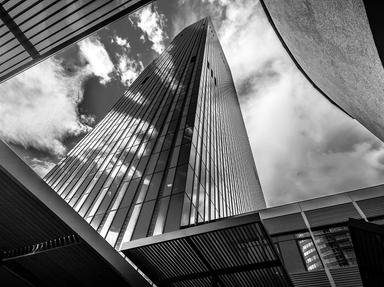Quiz Answer Key and Fun Facts
1. Following the death of Yuri Andropov, this man became General Secretary of the Communist Party of the Soviet Union in February 1984. Who is he?
2. Having spent 27 years in prison in South Africa, Nelson Mandela became President in May 1994. Who succeeded him in 1999?
3. This person became leader of a British political party in 1975 and was elected Prime Minister in 1979. She was the first woman to hold this role in Great Britain. Can you name her?
4. The Berlin Wall fell in 1989. Egon Krenz was in charge in East Germany, but who was the Chancellor of West Germany at the time?
5. Emperor Akihito succeeded his father, Hirohito, as Emperor of Japan, but in which year did he ascend to the throne?
6. In the middle of World War II, Australia had a change of Prime Minister. Who took office at the end of August 1941?
7. Who was the first man to hold the presidency of the United States of America, who was not elected to either the presidency or vice-presidency?
8. Pierre Trudeau served as Canadian Prime Minister twice, non-consecutively (winning four general elections in total). In what year did he begin his second stint in the job?
9. This Ukrainian politician is associated with the Orange Revolution and became president in 2005. Can you name him?
10. Vicente Fox was elected as the President of Mexico and took office in 2000. Do you know who succeeded him in 2006?
Source: Author
Daddy19
This quiz was reviewed by FunTrivia editor
stedman before going online.
Any errors found in FunTrivia content are routinely corrected through our feedback system.


